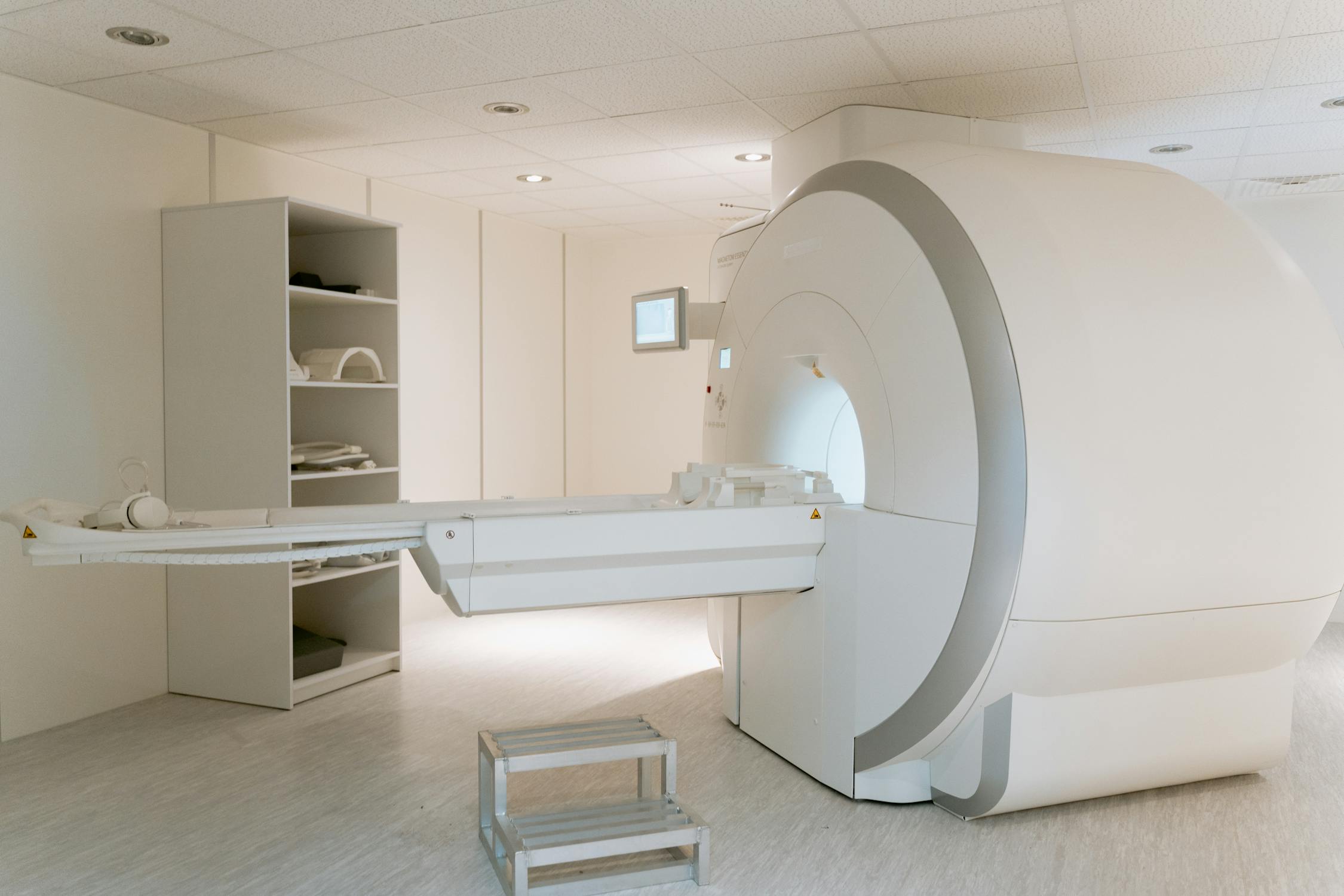Can You Use Lightweight Lead as X-Ray Radiation Protection?
Comments Off on Can You Use Lightweight Lead as X-Ray Radiation Protection?|
It is important to protect yourself from the radiation released by X-ray devices and fluoroscopic procedures. Since lead is the highest standard of radiation safety, doctors and radiographers must wear lead-lined shielding clothing while dealing with X-rays during diagnostic and therapeutic procedures. Lightweight lead is the most recent advancement from the traditional bulky lead-lined fabrics. Thanks to its ability to block dangerous X-rays while still qualifying as “lightweight lead,” bilayer lead, which is thinner than commonly utilized leaded gear, can be referred to as the ultimate safety for physicians.
What is the risk of X-ray radiation?X-rays may be produced using imaging techniques, or they may exist spontaneously in the atmosphere from different causes. Low-intensity ionizing radiation makes up these beams. In orthopedic medicine, X-rays are most often used. Fluoroscopy computers generate real-time moving pictures during operations, thanks to a significant increase in non-invasive surgical treatments. In the near term, low-dose radiation is unlikely to have any significant adverse effects. However, since X-ray radiation affects the body’s molecular structure, it has been attributed to the development of various forms of cancer. According to studies, lead has the greatest defense against toxic X-ray rays. Lightweight lead has been added to shield surgeons, radiographers, and other medical staff members while dealing with X-rays, keeping practicality in mind. Lightweight lead protects doctors from dangerous X-raysPatients are exposed to very little exposure from X-rays, and they are given a very low dose, and the time is therefore very short. The doctors and supporting radiologists, on the other hand, are likely to be vulnerable to the patient’s scatter radiation. The chance of adverse radiation contamination rises the closer you are to the X-ray or fluoroscopy devices – and the patients. Interventionalists are expected to carry lead-lined personal protective equipment (PPE) as a matter of course to minimize radiation. Bilayer lead provides further insulation to uncovered regions, resulting in increased security. There are also other advantages of using a lightweight lead than just radiation safety. Lightweight lead is a much more safe and relaxed experience for physicians and radiographers. Since lead-lined uniforms are heavy, not everyone is willing to wear the safety gear recommended by radiology guidelines. When shielding aprons are worn incorrectly, they expose some areas of the body to dangerous radiation. Lightweight lead is more comfortable to carry while maintaining the same level of safety. Final ThoughtsBecause of the high density of mineral lead, lead-lined apparel is bulky and uncomfortable to walk about in. This suggests that, in addition to the risk of radiation contamination, doctors face numerous health risks. Wearing lead-lined clothes over extended periods has been linked to an injury to the back, hips, and knees over time. Lightweight lead clothing contains less lead than traditional lead clothing while also providing X-ray safety. Radiological advancements also resulted in a range of improvements in X-ray emitting technology, including more targeted rays and improved imaging, eliminating the need for longer X-ray exposure. Bilayer lead is the most important upgrade to keep up with this technology while still protecting physicians from contamination and mobility problems caused by highly leaded fabrics. |


